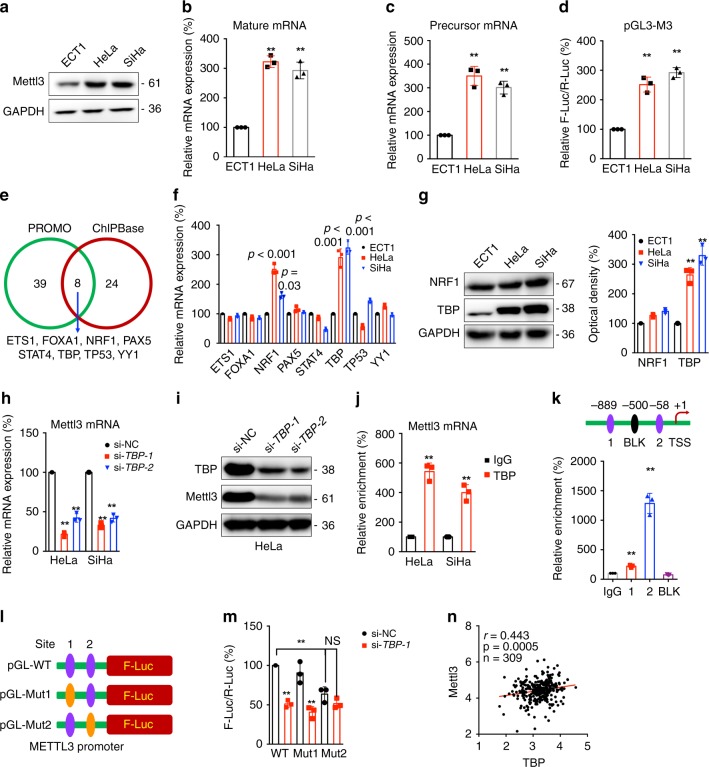Fig. 7. TBP is responsible for the upregulation of Mettl3 in cervical cancer cells.
a–c The protein (a), mature mRNA (b), or precursor mRNA (c) of Mettl3 in ECT1/E6E7, HeLa, and SiHa cells were checked. d The promoter activities of Mettl3 in ECT1/E6E7, HeLa, and SiHa cells were checked by dual-luciferase assay. e Venn diagram shows the overlap of transcription factors of Mettl3 predicted by PROMO and ChIPBase, respectively. f The mRNA expression of potential transcription factors of Mettl3 in ECT1/E6E7, HeLa, and SiHa cells were checked by qRT-PCR analysis. g The protein expression of NRF1 and TBP was checked by western blot analysis (left) and quantitatively analyzed (right). h, i Cells were transfected by siRNA negative control (si-NC) or siRNAs of TBP for 24 h, the mRNA (h) and protein (i) levels of Mettl3 were checked. j The binding between TBP and promoter of Mettl3 was checked by ChIP-PCR using IgG or TBP antibody. k Binding between TBP transcriptional factor and the promoter of Mettl3 at the potential binding site 1 and 2 or negative site BLK was checked by ChIP-PCR. l Schematic representation of the mutated promoter in pGL3-Basic-Mettl3-luc reporter to investigate the role of TBP in Mettl3 expression. m HeLa cells were co-transfected with pGL3-Mettl3-WT-Luc, pGL3-Mettl3-Mut1-Luc, pGL3-Mettl3-Mut2-Luc, pRL-TK plasmid and si-NC or si-TBP-1 for 24 h. Results were presented as the ratio between the activity of the reporter plasmid and pRL-TK. n Correlation between Mettl3 and TBP in cervical cancer patients (n = 309) from ChIPBase database. Data are presented as the mean ± SD from three independent experiments. **p < 0.01. NS, no significant, by one-way ANOVA for (b) (p < 0.001 for all), (c) (p < 0.001 for all), (d) (p < 0.001 for all), (f, g) (p < 0.001 for all), and (h) (p < 0.001 for all), two-tailed unpaired Student’s t test for (j) (p < 0.001 for all), (k) (p < 0.001 for all), and (n) (p = 0.0005), and by two-way ANOVA for (m) (p < 0.001 for all).

